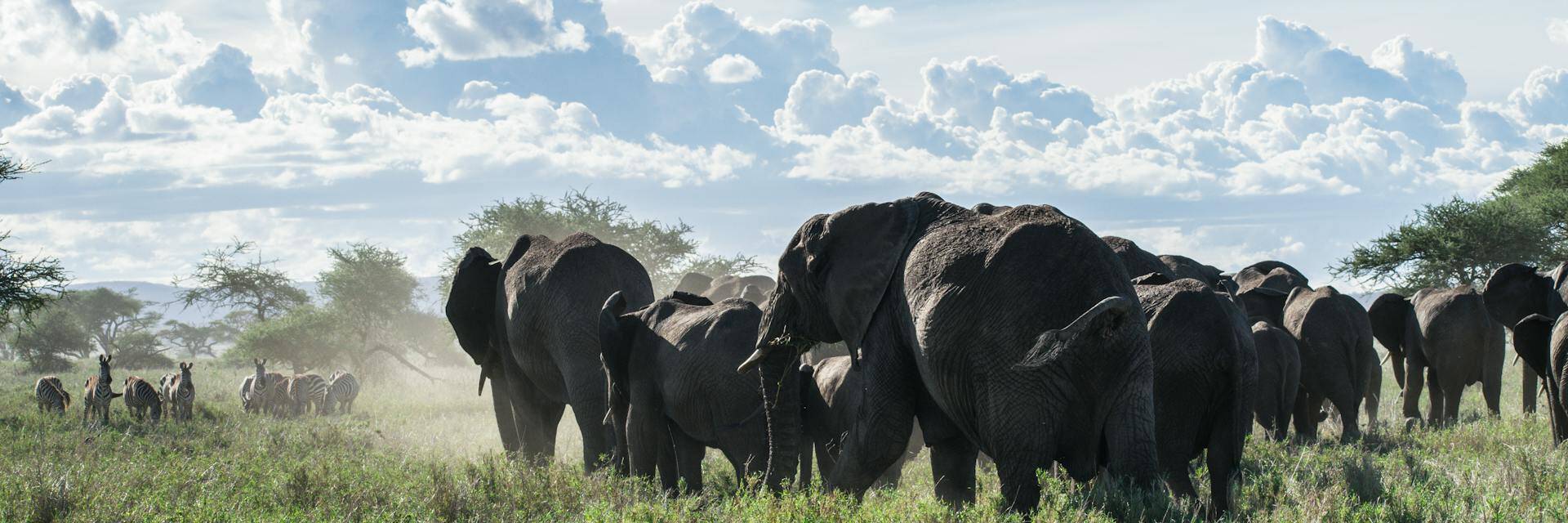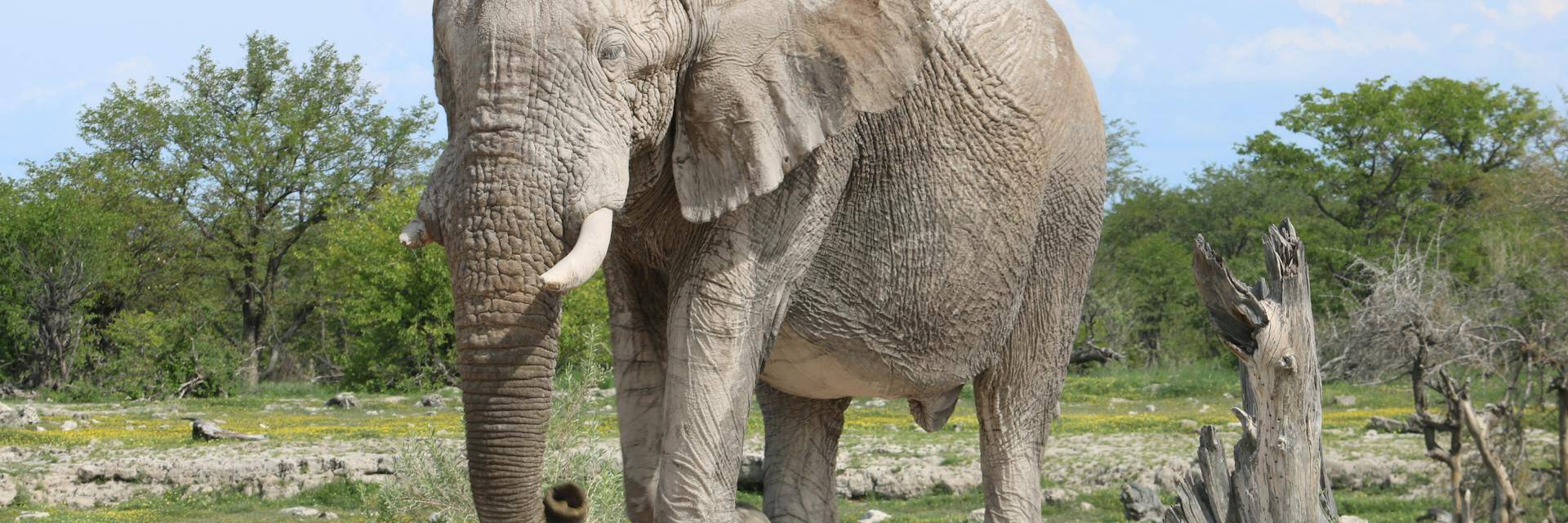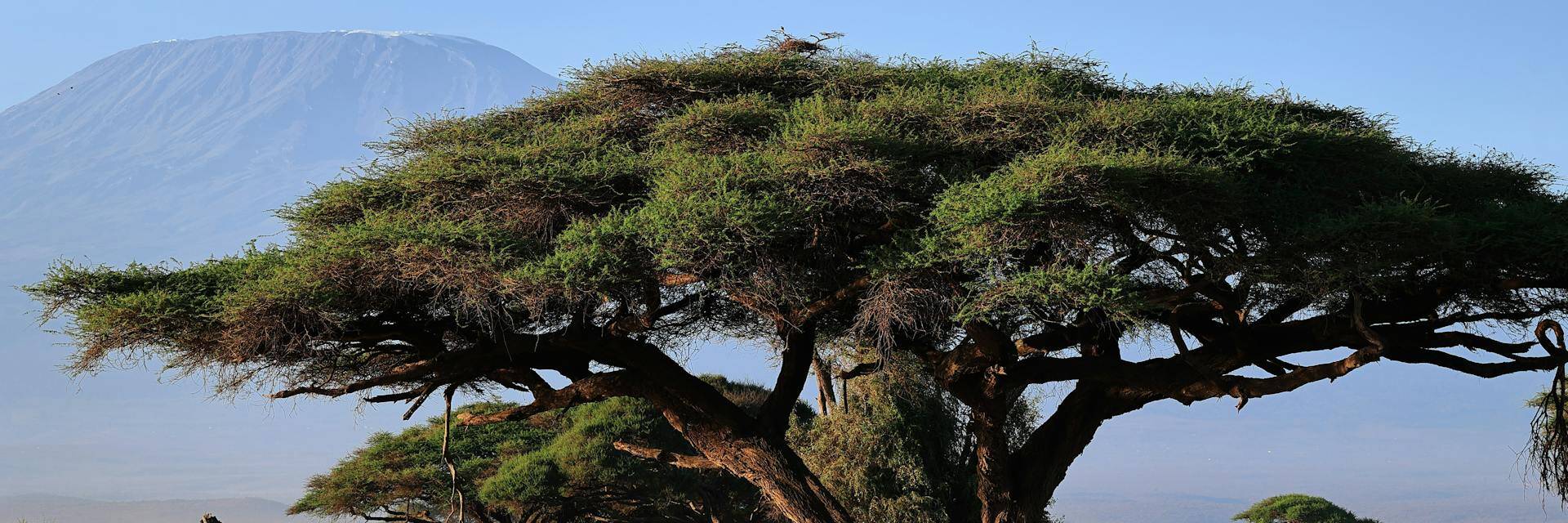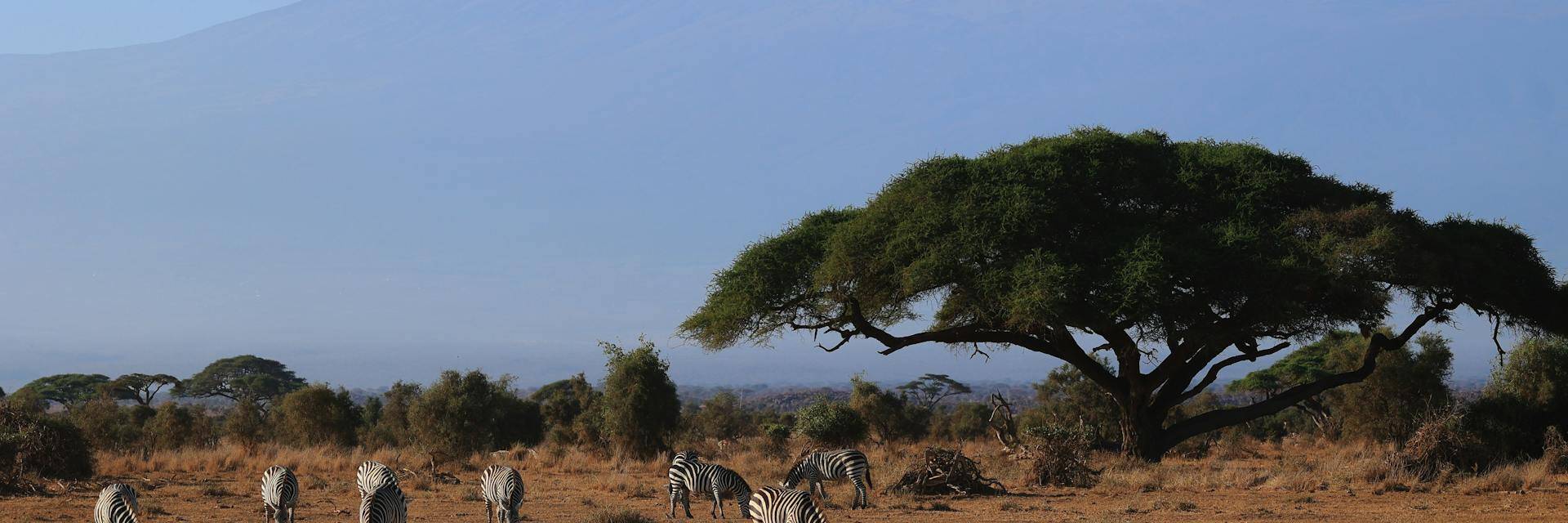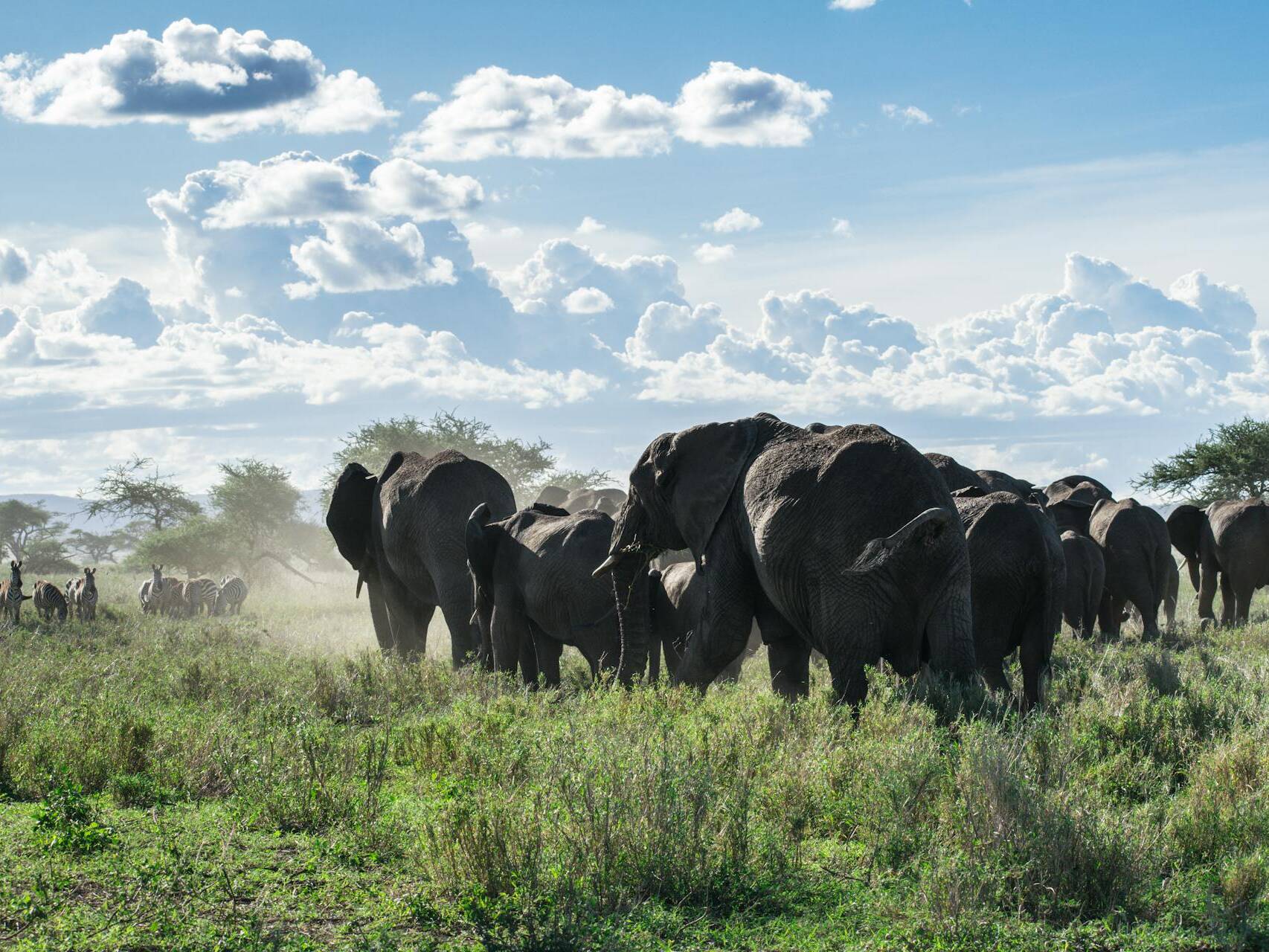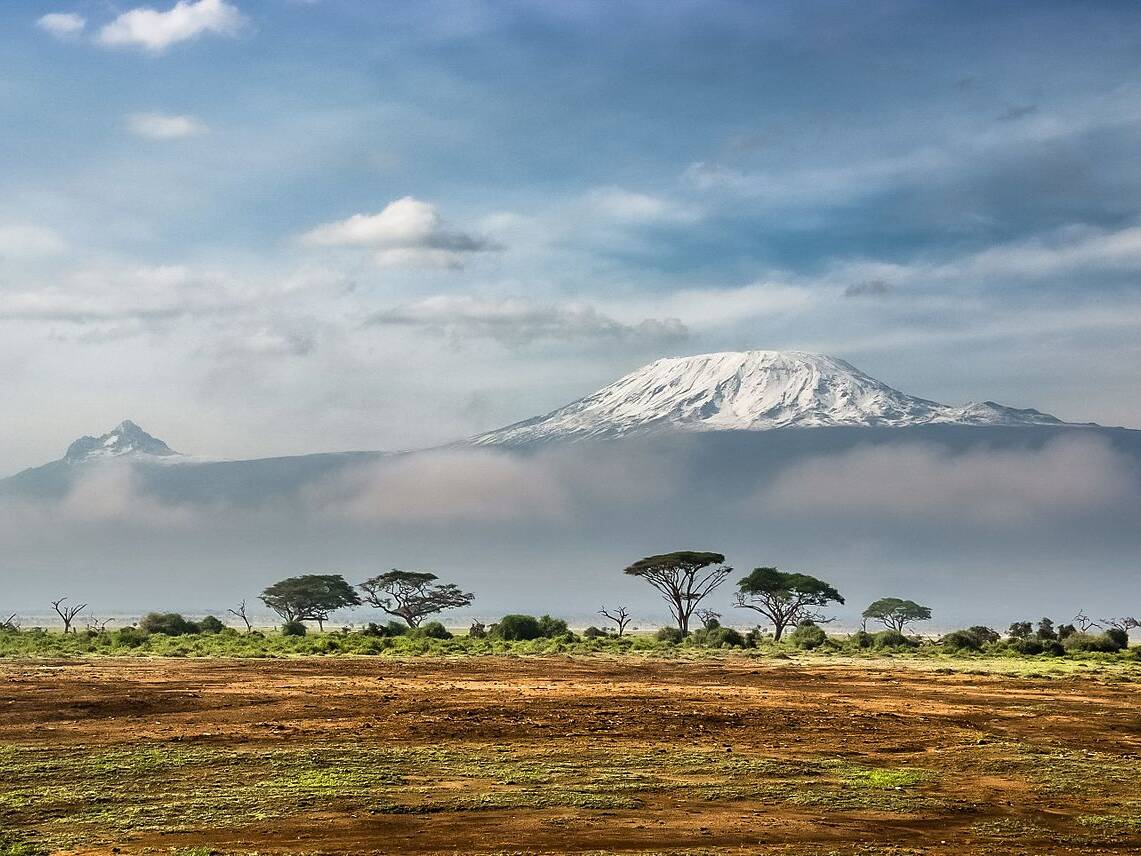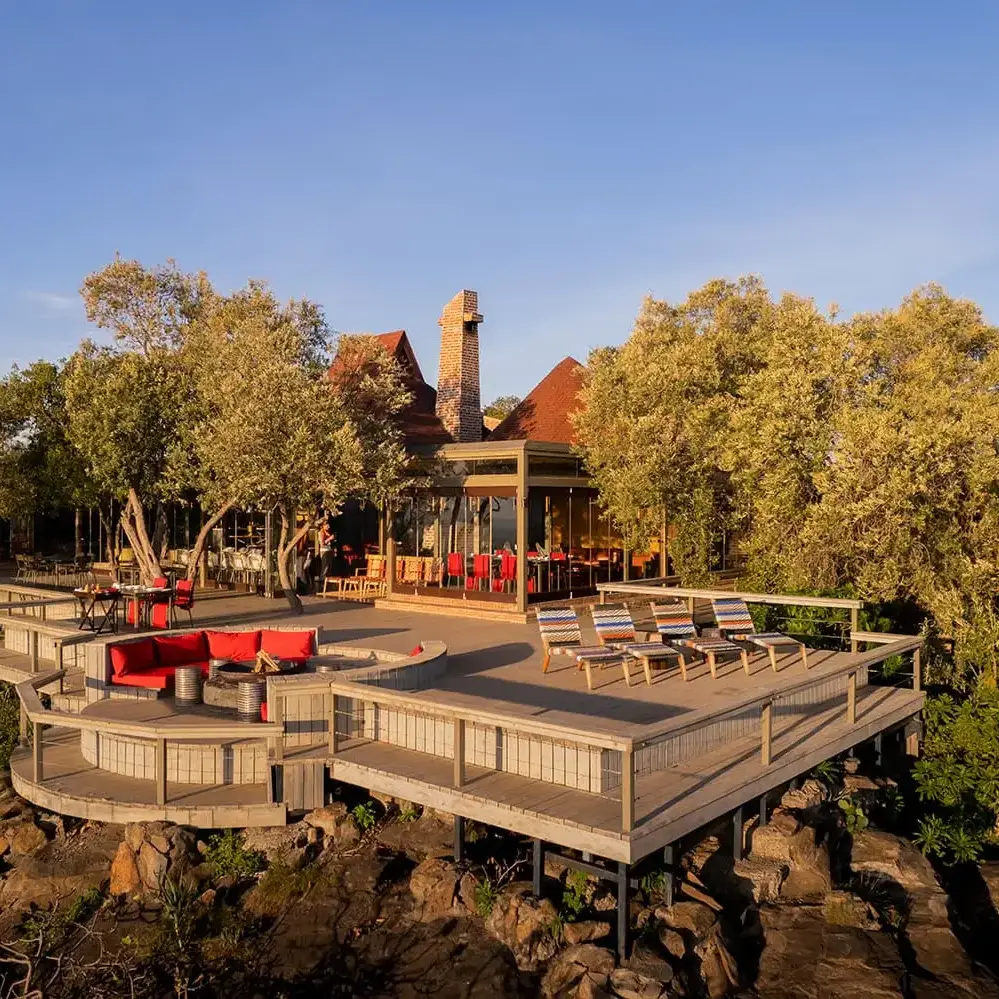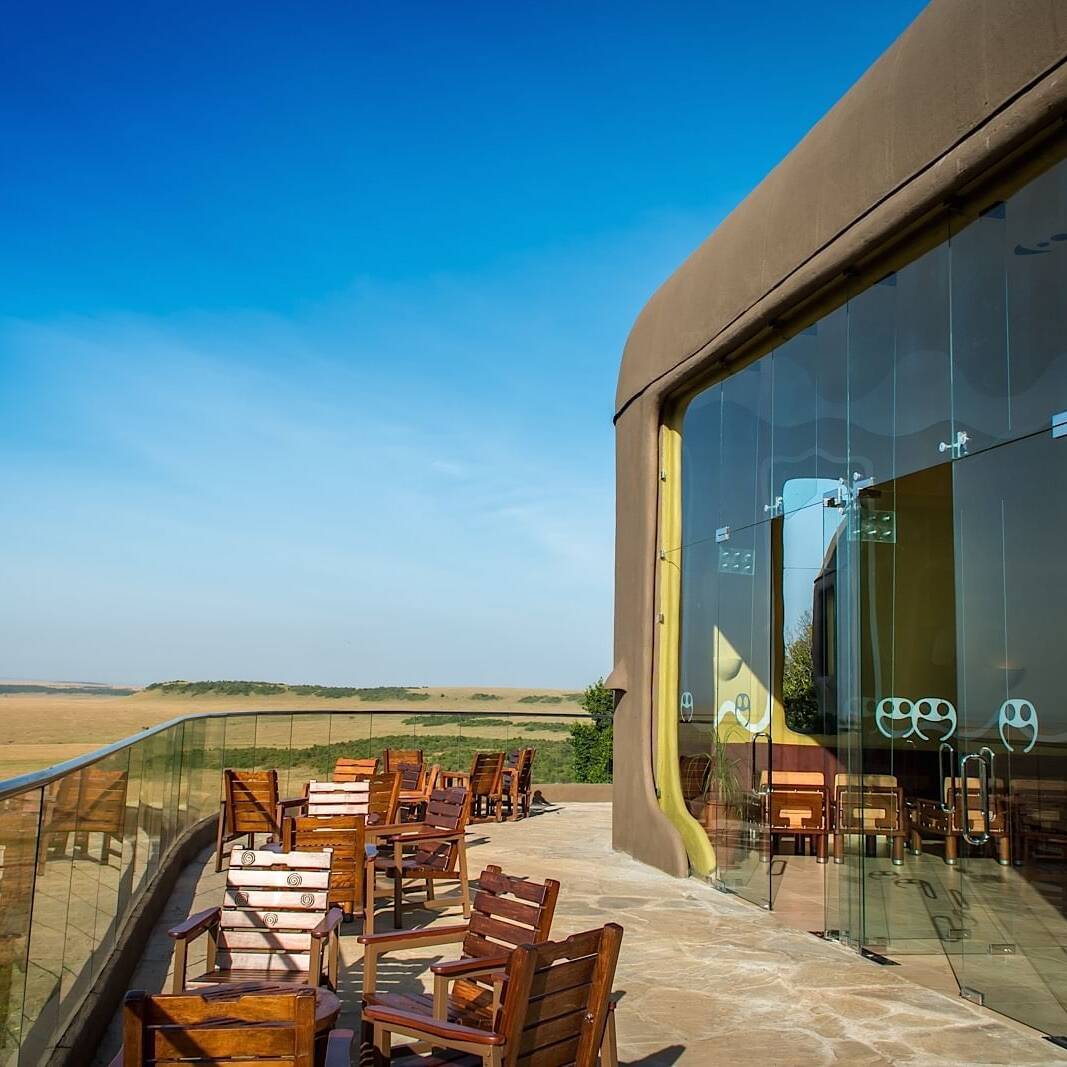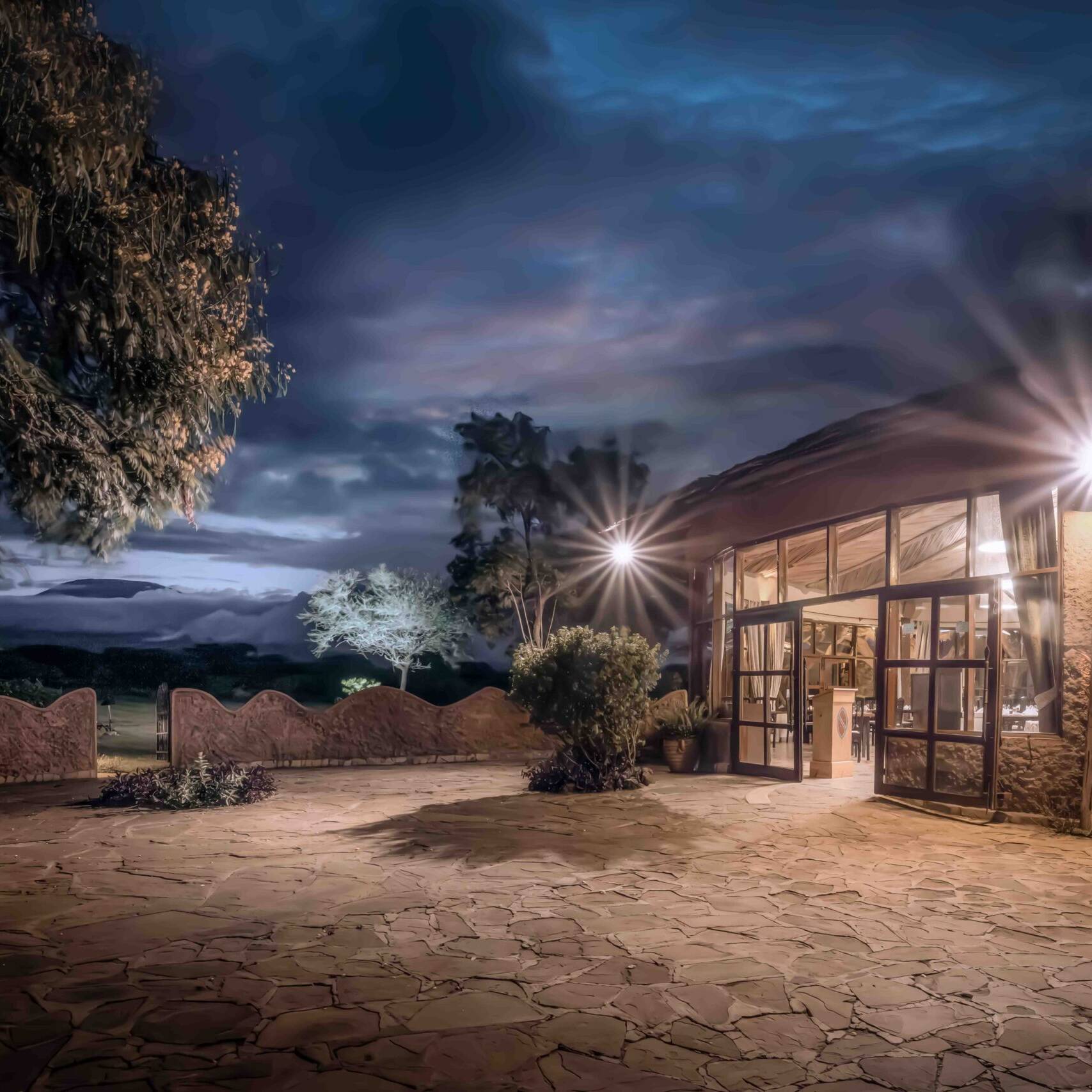Nestled in southern Kenya near the Tanzania border, Amboseli National Park spans 392 square kilometers and is renowned for its stunning views of Mount Kilimanjaro, Africa’s highest peak. Established as a national park in 1974, it’s a haven for elephant lovers, with over 1,600 roaming its swamps and plains.
The park's open landscape is the perfect setting for observing large herds of elephants. To the south of the Amboseli basin, the land rises towards Mt Kilimanjaro and the Kenya-Tanzanian border, while the wetlands include Lake Amboseli.
It is an Important Bird Area (IBA) and hosts endangered species such as Malagasy pond heron. The large mammal community comprises a broad spectrum of herbivores and carnivores. Fun fact: it is referred to as the “Land of Giants” for its large herds of elephants, which include those with impressively huge tusks. The Park was a safe haven to a bull elephant named Tim. Try find him in our gallery!
Game Drives
Hop on a LandCruiser at dawn when the weather is fair & drive the plains west of Observation Hill, where the first sun hits the mountain. Elephants cross here, heading toward Enkongo Narok Swamp. By mid-morning, lions and other wild cats retreat to shade under acacias near a place called Ol Tukai Orok. Our expert guide knows these spots quite well, so sit back.
Cultural Visits
Share stories with Maasai communities near the park. Learn spear-throwing from warriors, beadwork from mothers, and the meaning of scarlet shukas under a thatched enkang.
Bird Watching
The swampy landscape teems with herons, storks and over 400 species of birds. Explore Lake Kioko where it turns pink with flamingos in the wet season. At Enkongo Narok, saddle-billed storks wade beside elephants. Walk the fringes to spot African fish eagles snatching catfish.
Hot Air Balloon Safari
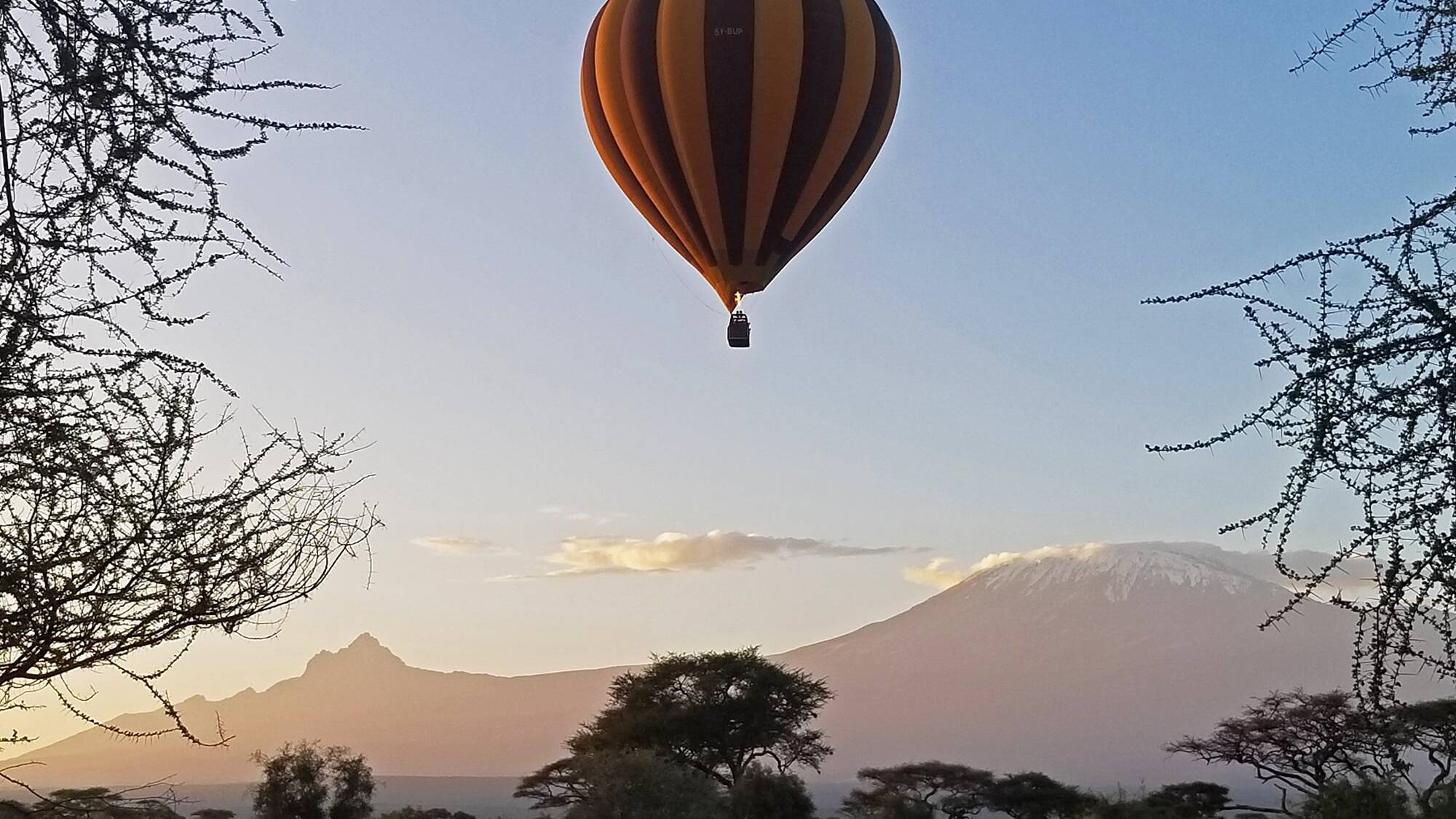
The Amboseli comprises different habitats ranging from the dried-up bed of Lake Amboseli, wetlands with sulphur springs, the savannah and woodlands. The Park is 39,206 ha (392.06 km2) in size at the core of an 8,000 km2 (3,100 sq mi) ecosystem that spreads across the Kenya-Tanzania border. The Amboseli basin itself is best characterized as a semi-arid savanna, as rainfall within the lower elevations of the watershed averages 340 mm each year, since the area falls in the rain shadow of Mount Kilimanjaro. Being located in eastern Africa, the rainfall regime is bimodal due to the movement of a band of low pressure called the Intertropical Convergence Zone (ITCZ). Between March and May the long rains fall in Amboseli as the ITCZ passes over, moving north, and from October to December, the ITCZ moves south again, bringing the short rains.
Plan your visit
Take the first step to plan your trip with us. Our team will take the rest.

